Some automakers take sustainability to a brand new degree
It’s no secret that automobiles are inclined to rot in the event that they’re left in storage for too lengthy, and whereas a barn discover may be a goldmine, it will also be an absolute ache. In an try to sort out this difficulty, most automotive producers have put an emphasis on sustainability of their car designs over the previous few a long time. In consequence, some components of a car, notably those who use biodegradable supplies, don’t stand the check of time. Slightly than defy the pure order, nonetheless, some idea automobiles have embraced decay by way of a intelligent use of sustainable supplies.
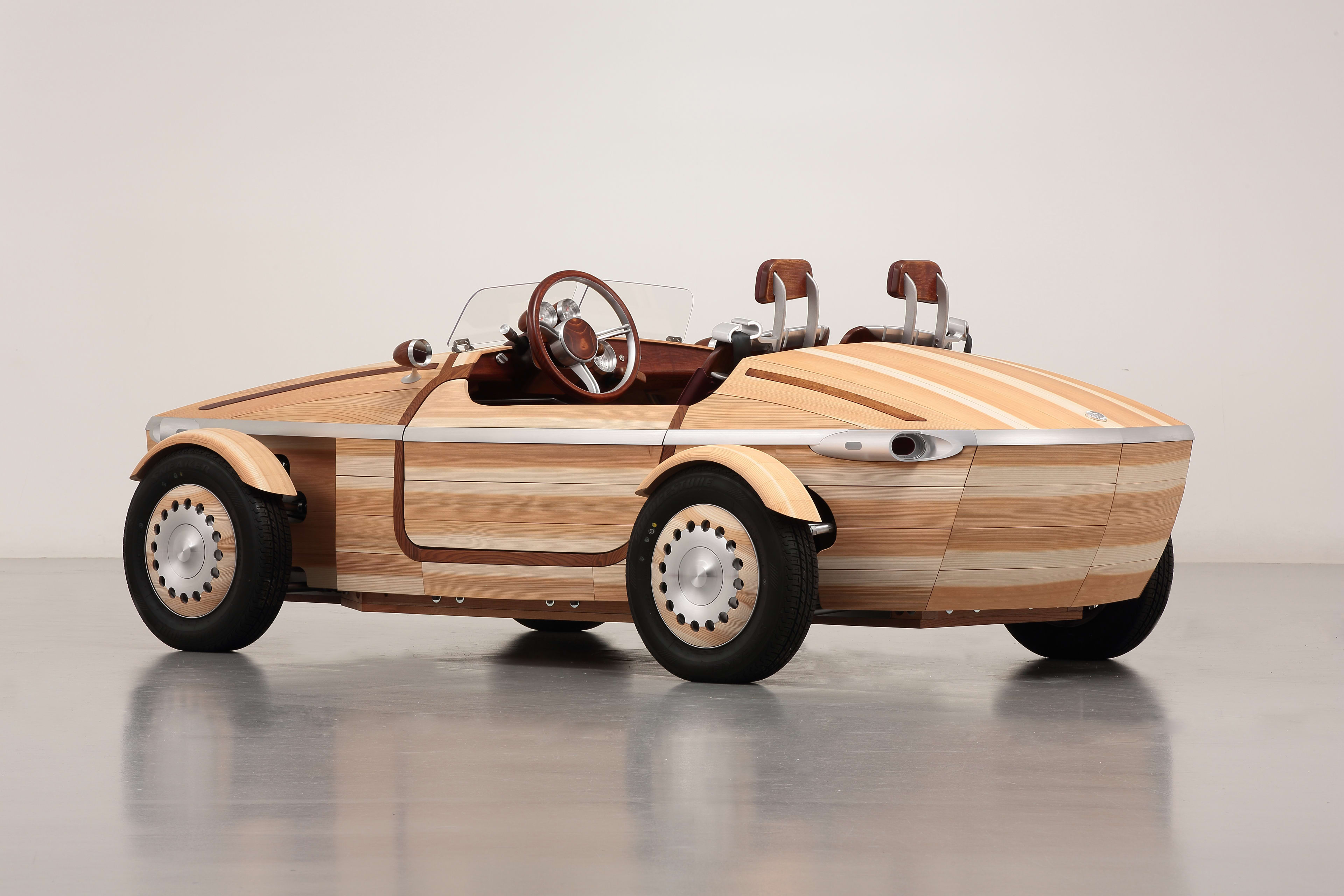
Mercedes-Benz delivers a futuristic vibe
It’s one factor to construct a car out of sustainable supplies, however rising one from a seed or two is much more bewildering. That’s precisely what Mercedes-Benz did, although. The German automaker confirmed up on the 2010 Los Angeles Auto Present with The Biome, an idea automotive designed to be sustainable from high to backside.
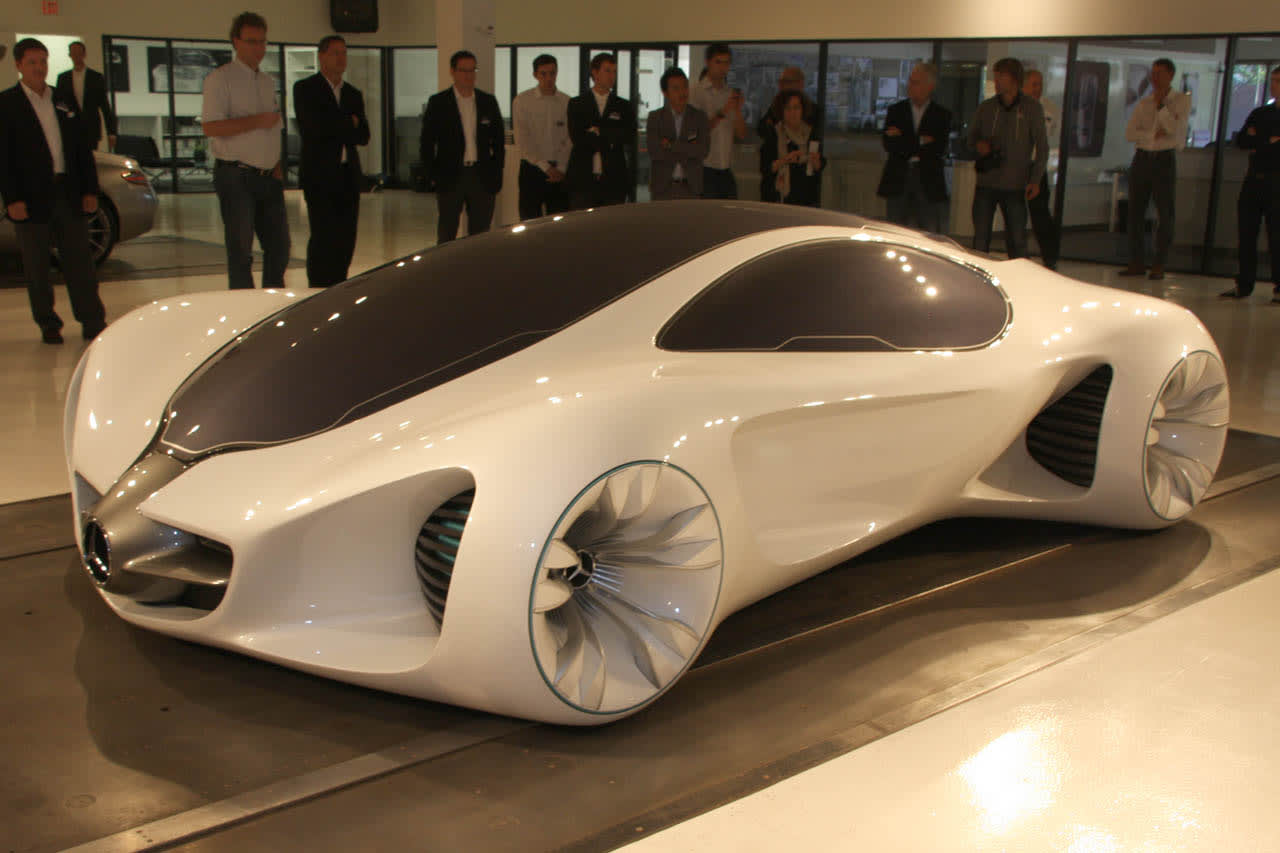
The idea automotive’s physique is grown from two seeds, one for the outside and one other for the inside. The seeds develop into an ultralight materials, dubbed BioFibre, that’s harvested and knitted collectively to kind the automotive. The tires are grown from one other 4 seeds. Mercedes-Benz clearly determined to trip the loopy prepare all the way in which residence, on condition that The Biome doesn’t run on gasoline. As a substitute, it runs on a futuristic gas known as BioNectar4534. As a substitute of a standard tank, gas is saved within the chassis, inside, and wheels.
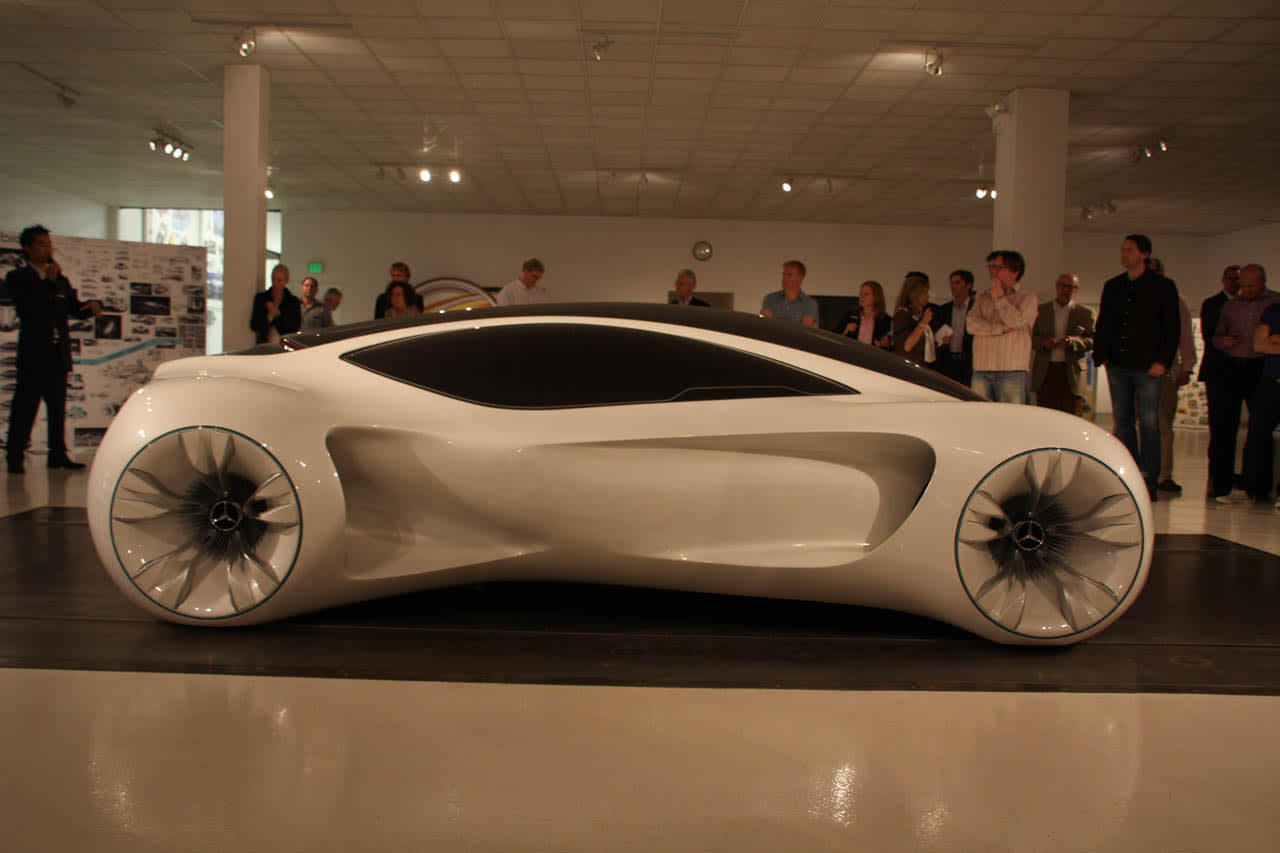
The Biome’s solely emission is oxygen, however what’s not clear is how precisely you’d refuel the idea automotive. Mercedes-Benz additionally created tech that permits timber to gather additional photo voltaic vitality and make it into BioNectar4534. To high all of it off, since The Biome is fully natural, it merely falls again into the ecosystem on the finish of its life.
Toyota retains it easy
Toyota has at all times been a little bit of an odd duck, what with its deal with hydrogen over electrification and easy refusal to observe market tendencies. Naturally, meaning any idea designed with sustainability in thoughts would have a twist. The Toyota Setsuna didn’t disappoint when it arrived on the 2016 Milan Design Week with a near-all-wood design.
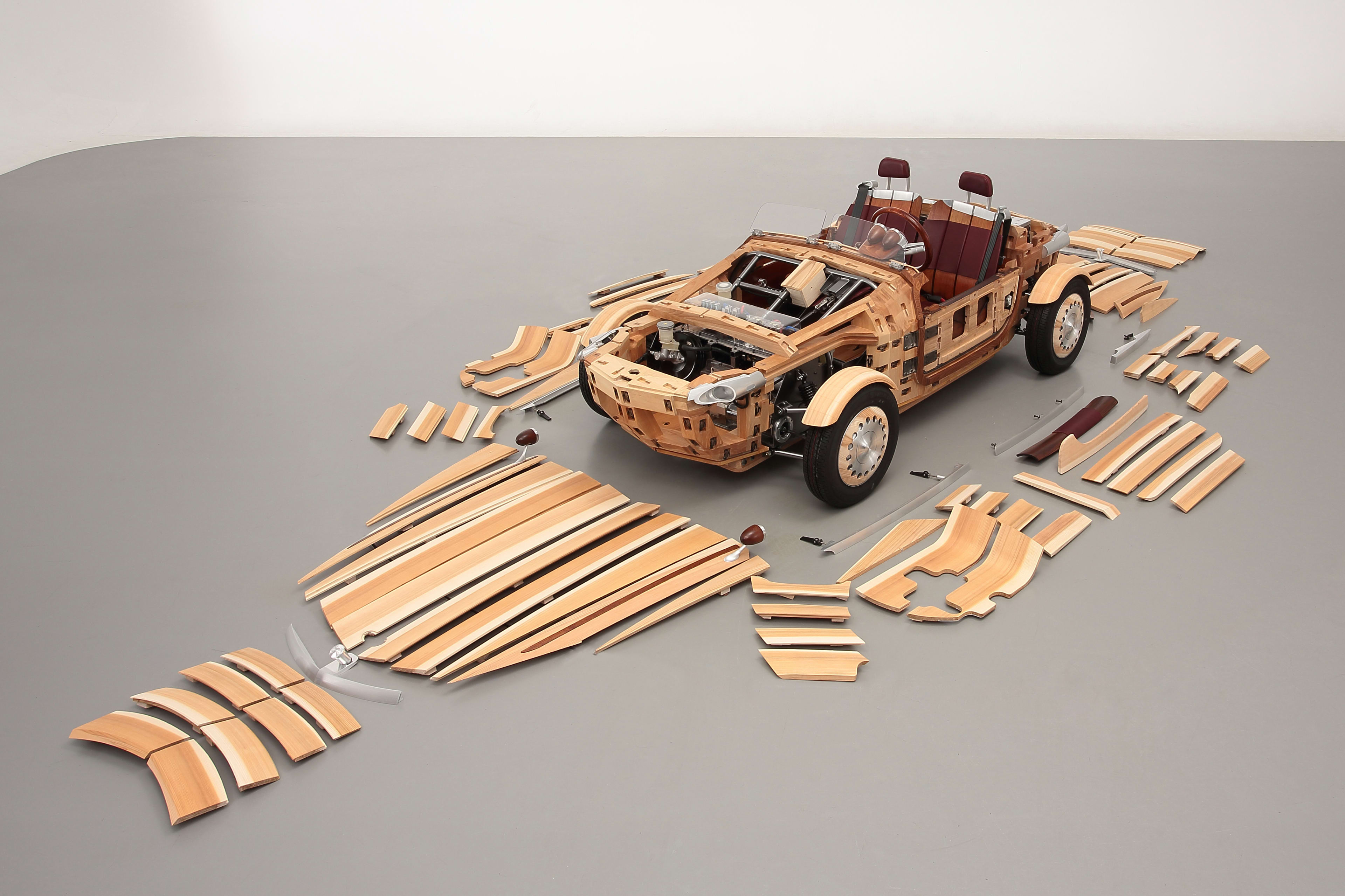
The Toyota Setsuna idea was definitely a singular mannequin, with exterior panels fabricated from Japanese cedar and a body composed of Japanese birch. The automaker went the additional mile and used a standard Japanese approach known as okuriari to attach the items. The Setsuna, which implies ‘second’ in Japanese, featured wood seats with leather-based seat covers. Inside, a meter tracks the car’s age over 100 years. The wooden will naturally change over time, relying on the place the automotive is and the way it’s used.
Toyota shelved its emotions in the direction of electrification for the Setsuna. The idea automotive is powered by six lead-acid starter batteries. At full energy, the wood mannequin can hit 28 mph with a 16-mile vary. Naturally, a automotive made fully of wooden could be a bit too on the market, so the cabin options some aluminum right here and there, whereas the tires are nonetheless fabricated from rubber.
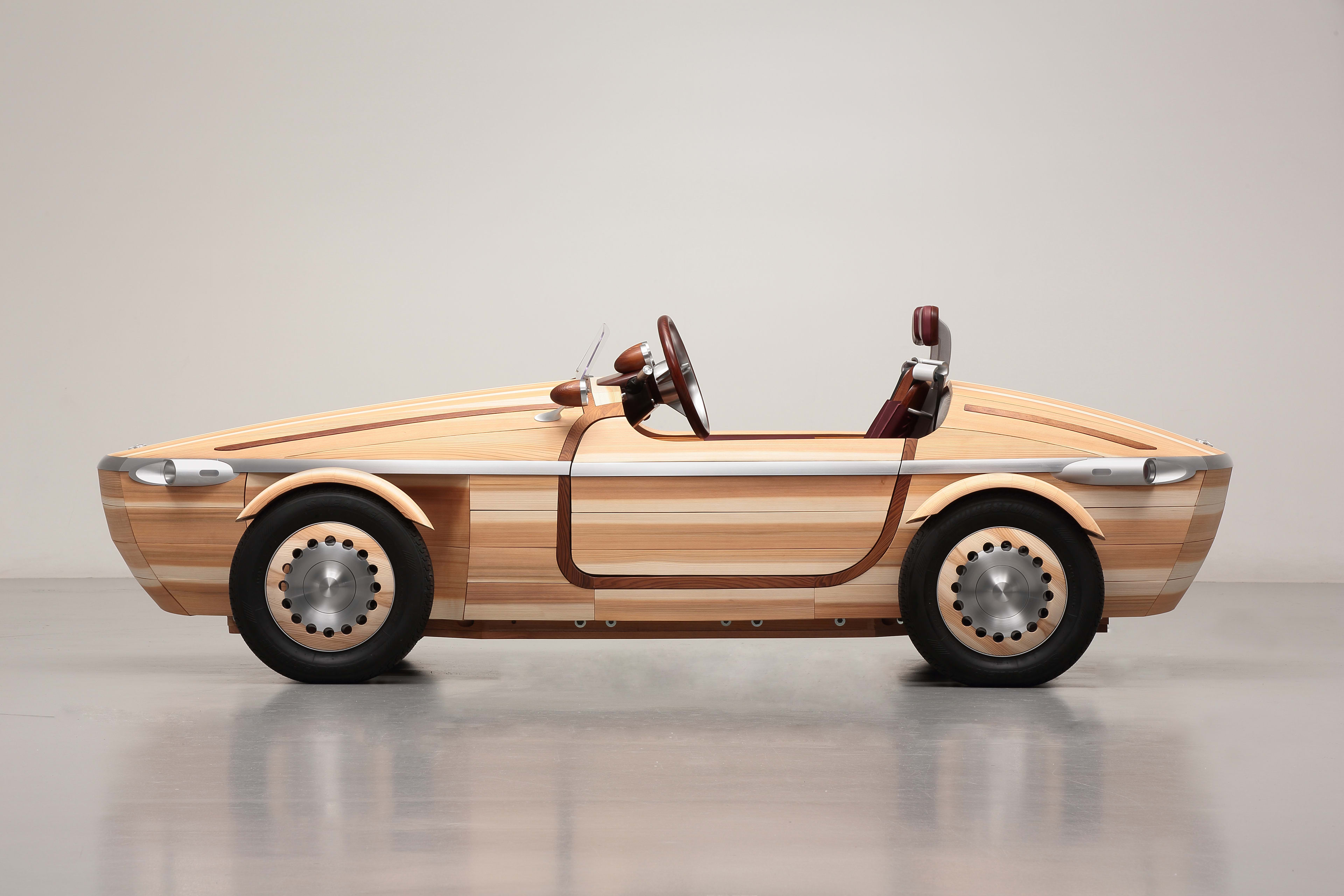

Sustainability meets practicality
College students at Eindhoven College of Know-how within the Netherlands constructed an electrical automotive known as Lina, and whereas that’s spectacular by itself, it is simply the tip of the iceberg. The scholars challenged themselves to construct a automotive that’s each gas environment friendly and sustainable to enter within the Shell Eco-Marathon 2017. Thus, Lina, the world’s first bio-composite automotive fabricated from flax, was born.
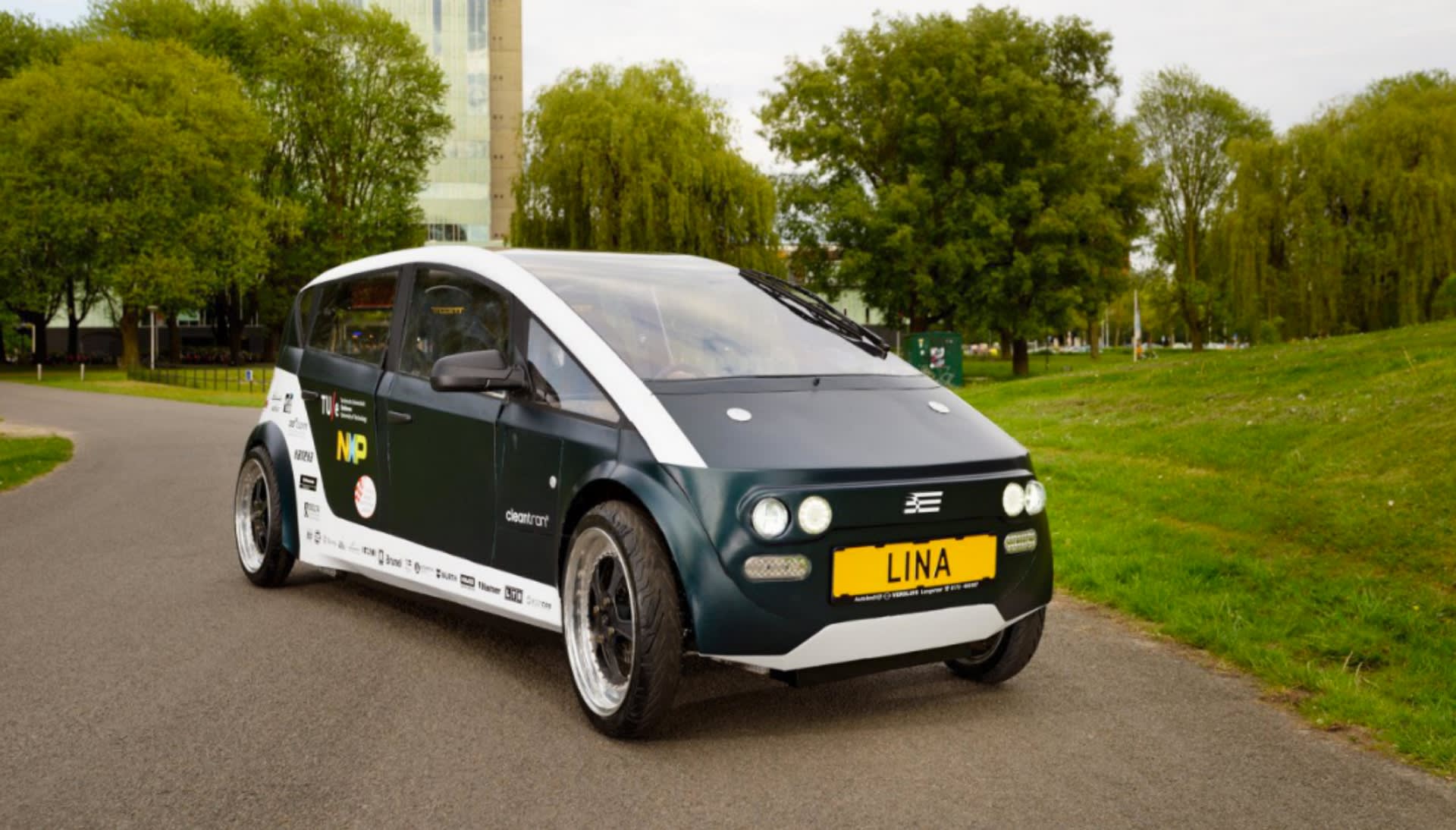
Lina was a mission in sustainability from conception to realization. Whereas aluminum and carbon are lighter than metal, they take extra vitality to supply, neutralizing the vitality that they save afterward. Flax not solely prices much less to supply than aluminum and carbon, but it surely’s renewable, recyclable, and light-weight. Yasmin, a member of the scholar staff, famous that Lina ought to have a low carbon footprint over its lifetime. That meant the fabric needed to be sturdy and light-weight, in addition to eco-friendly in its manufacturing. Flax, which grows all through Europe, proved to be the only answer.
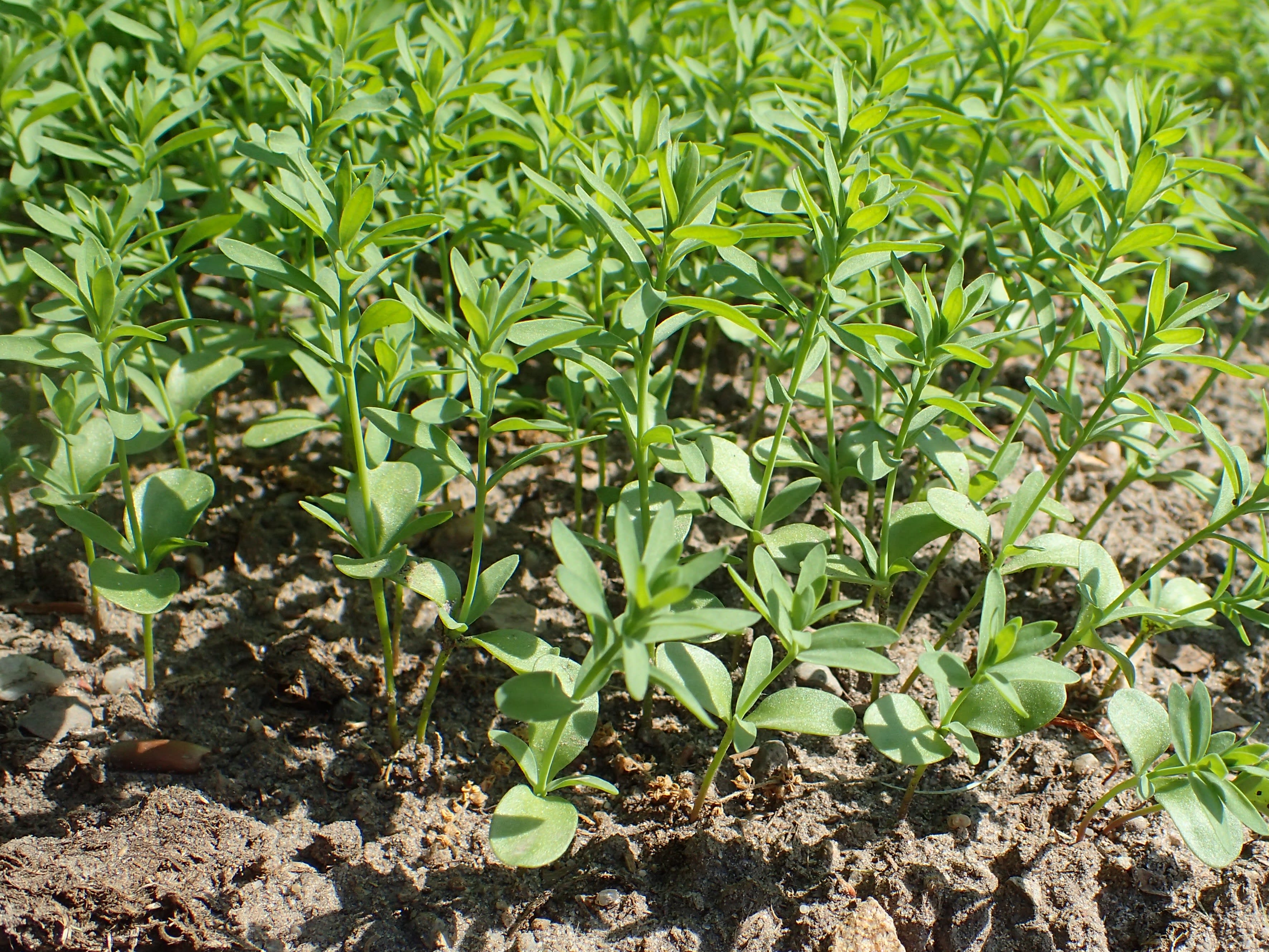
The automotive’s chassis is fabricated from bio-composite and bioplastic supplies, with a honeycomb construction derived from sugar beets as its core. That construction is then enclosed by two bio-composite sheets fabricated from flax. When it comes to power, the bio-composite is just like fiberglass. All in all, the automotive weighs in at 661 kilos and seats as much as 4 passengers.
Curiously, whereas the Mercedes-Benz and Toyota idea automobiles weren’t road authorized, that’s not the case with Lina. The four-seat automotive has a high velocity of round 52 mph and handed Dutch roadworthiness exams. So long as it has a license plate, it may be pushed on public roadways.
Remaining ideas
Longevity is a serious a part of automotive design as we speak, however typically ideas as an artwork kind can function proof of idea. Whereas all three fashions are designed to decay ultimately, form, or kind, Lina particularly proves sustainability doesn’t have to come back at the price of practicality. Personally, I’d prefer to drive the Toyota Setsuna, as a result of who wouldn’t wish to take a brief journey in a wood automotive?



